Such a tragedy, that we have moved on from a period of co-operation with Russia, in which our country sacrificed so much and served with single-mindedness and courage, into yet another time of high tension and human suffering; watching from where we are in the west, the actions of a man and his military that appear to have such a loathing for us.
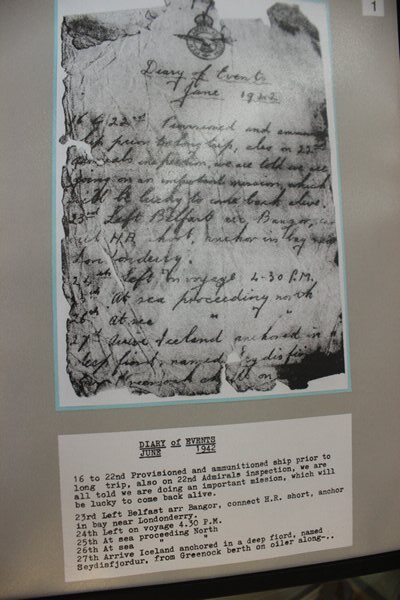
It is the records, diaries, anecdotes, spoken words and letters, written at the time, that convey the real feel of what it was like during the hours of heightened activity.
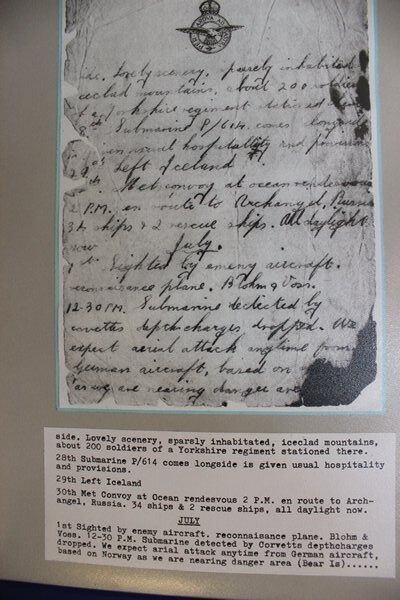
‘iceclad mountains’, ‘We expect aerial attack anytime from German Aircraft,’ as the convoys moved nearer Norway where the German bombers based there could reach them.
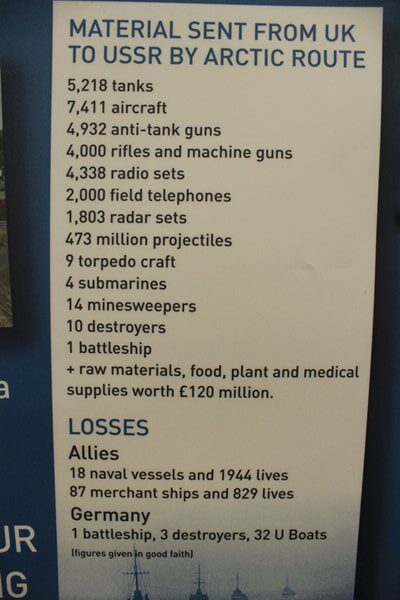
Hitler had broken the pact with Russia that allowed troop movements within its borders east towards Poland and west towards France. Defying Stalin he launched Operation Barbarossa on 22nd June 1941 with the intention of eliminating the Soviet Union from any future threat to Germany. Supplies to Russia through the Persian Gulf and Vladivostok incurred long delays and so it became the task of the Arctic Convoys to deliver to Murmansk in the winter and Archangel in the summer months.
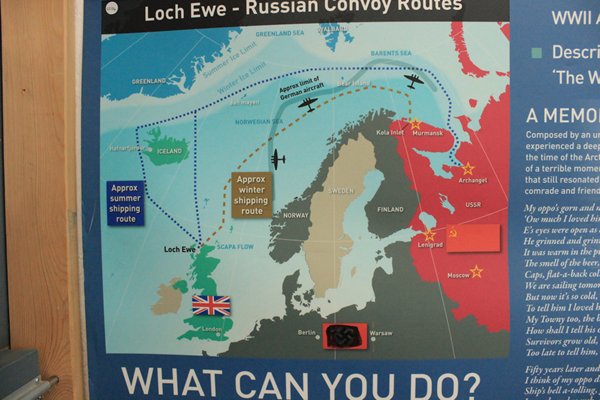
You can see that the summer months were a safer time as the receding ice allowed the ships to sail beyond the range of the German planes.
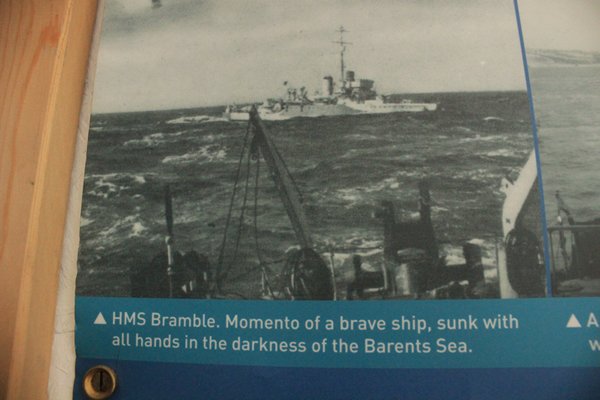
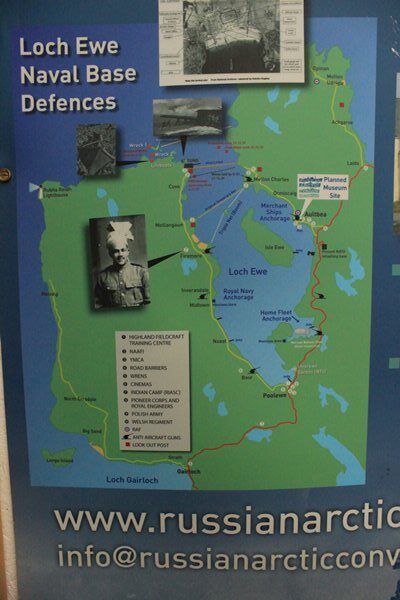
Loch Ewe was chosen to be the base from February 1942 when the first convoy left, to December 1944 when the final one made its departure. The loch is deep and long with a narrow north facing entrance out of reach of the predominantly SW winds, and as importantly, out of reach of the German planes based in occupied Norway.
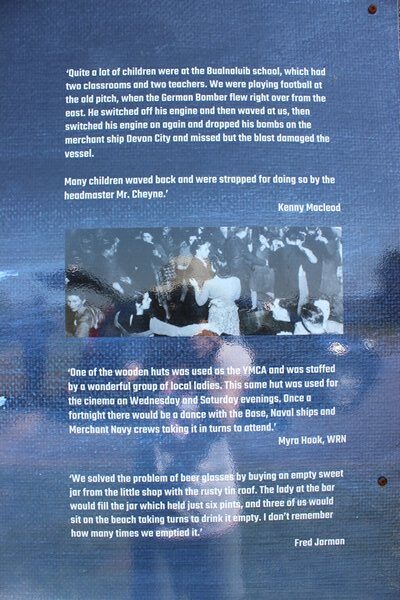
But then there’s always one. One of the German planes that did make it this far delighted the school children, and local ladies played their part in the war effort in many ways.
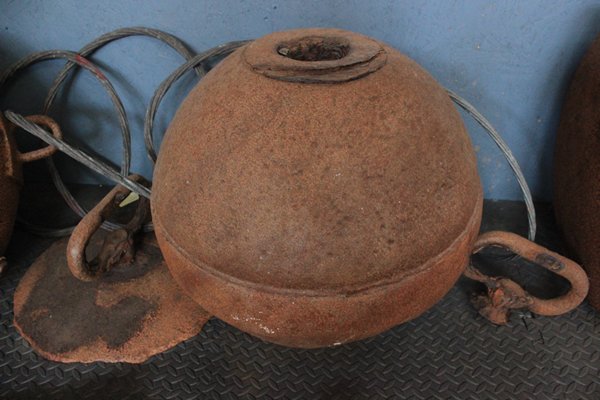
I jumped when I saw this familiar object on display. Remember when we were with Ken and Bron on Canna, the westernmost Inner Hebridean Island; we had just visited the Puffin colony on the stack and making our way back to Zoonie came around a bay with many of these floats, scattered around. A little too big for fishing floats, I thought.
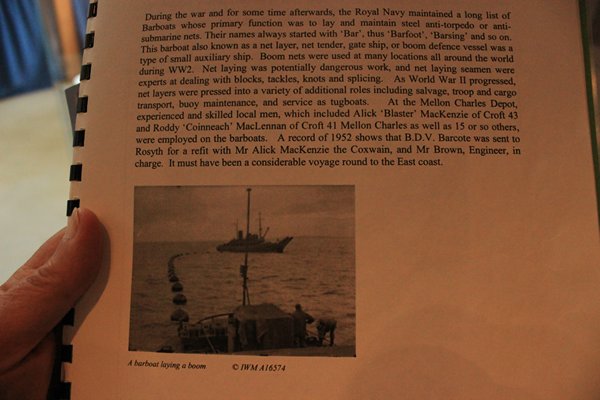
As you can see they were part of the anti-submarine boom nets laid across the entrance to Loch Ewe to prevent German U-boats from entering. Skilled local men who had grown up around and on the loch, including Alick ‘Blaster’ Mackenzie from Croft 43, were used in the teams that carried out this dangerous work. Alick survived the war and became coxwain of B.D.V. (Boom Defence Vessel) Barcote in the 50’s.
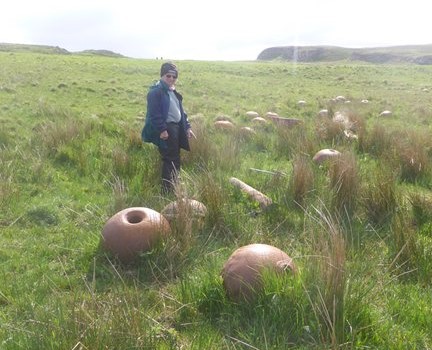
Whether the floats arrived after being dismantled or by natural erosion of the lines, I am unsure.
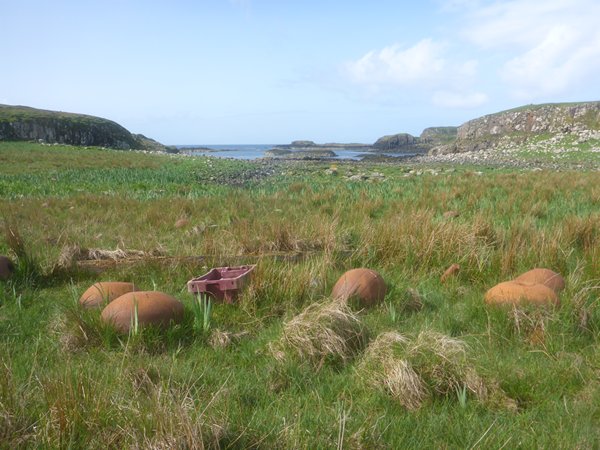
But here they have lain for the last eighty years, beyond the reach of both the Germans and the sea.
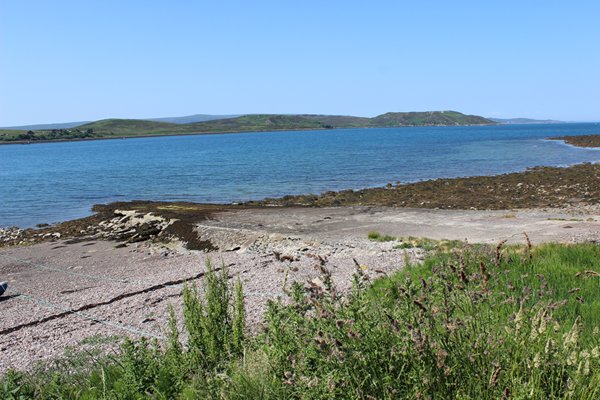
After the museum we set off to have a look at the shoreline of the loch. Concrete evidence extended the story from the excellent museum. A second world war ramp serviced the nearby camp. Many of the roads were still little more than tracks at that time.
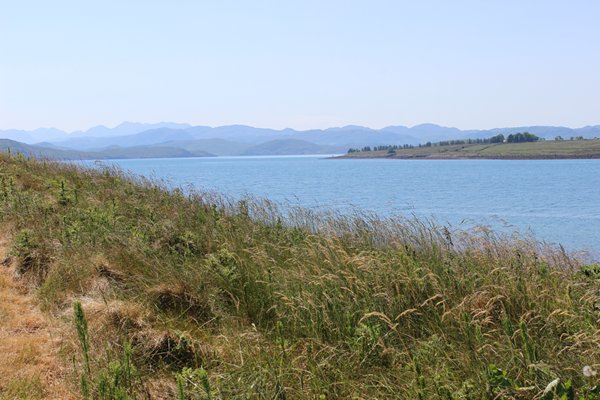
Over 3000 service men were based around the shores at any one time, so there were numerous camps and plenty of company, in these sometimes cold and bleak locations.
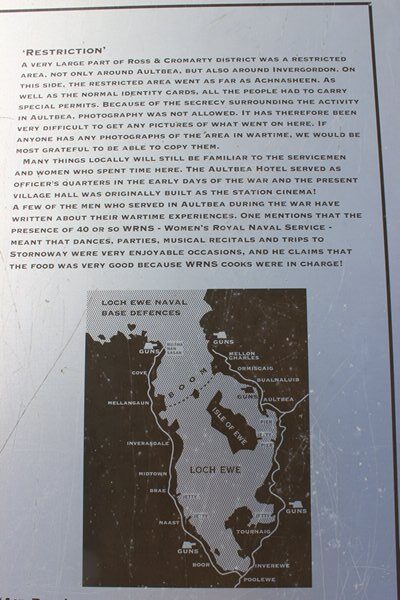
Aultbea was a quiet hamlet bathed in warm sunshine when we passed through. It could not have been a greater contrast to being stationed there in the freezing, storm-laced winters of the war years.
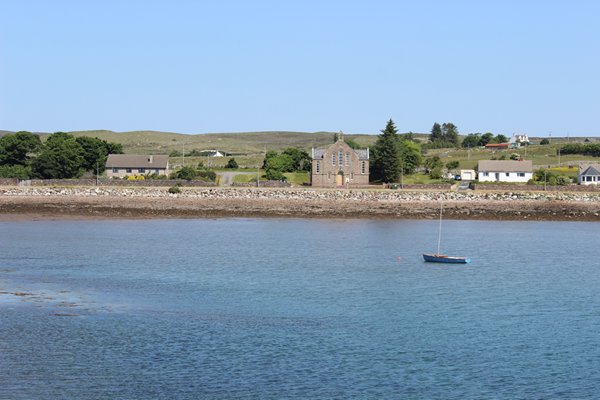
One of the gun emplacements once housed a six inch naval gun. The tasks of the gunners had to be numerous and varied to keep them active and engaged as the gun might never be used in action, especially if the anti sub boom was working.
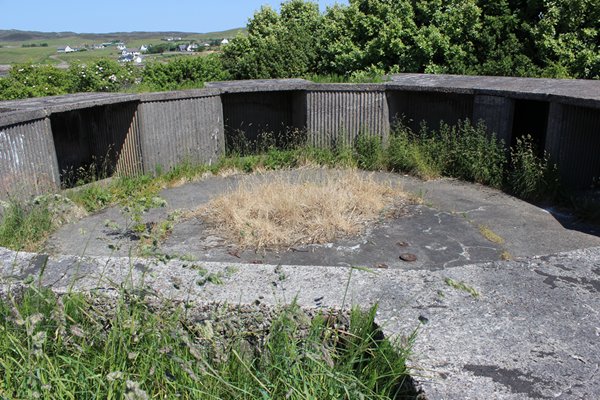
There were many stories in the museum and those difficult times are clearly remembered with affection and respect; a time when the forces and locals worked hand in hand to a common, non-aggressive cause.
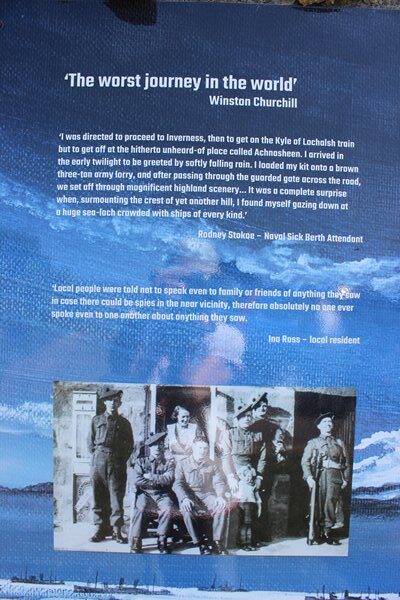
The presentation of photos and artefacts from those times is both professional and attractive.
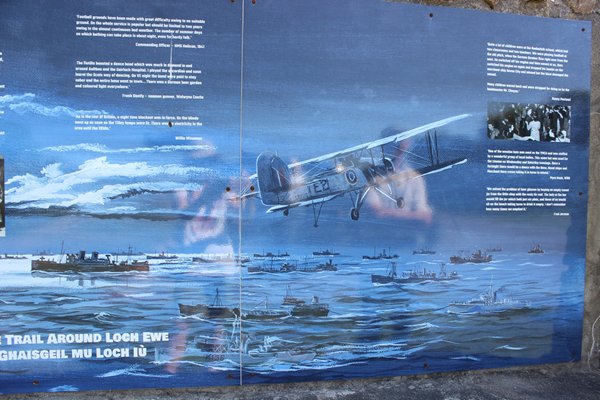
And the diaspora of people who were either involved themselves, or have family who were, come from all over the globe on pilgrimages to this beautiful place. To remember a time of working together while sustaining many losses.
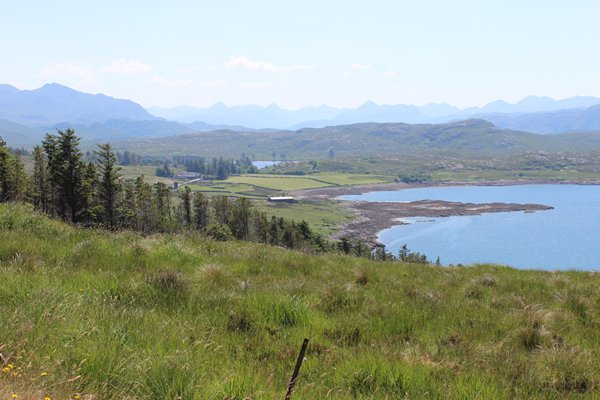
There must have been days like this when weary heads could turn and survey the natural beauty and maybe take some succour from it.
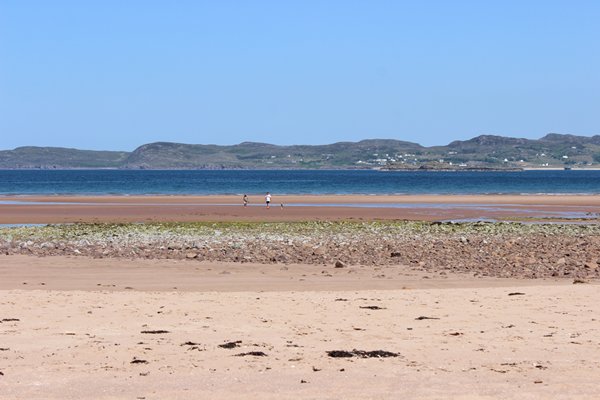
For us it was time for lunch…
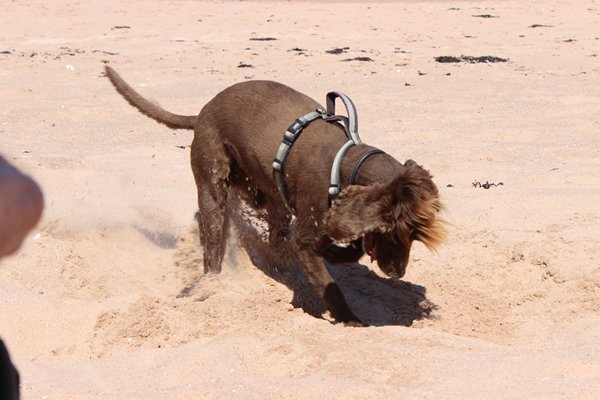
And a bit of essential groundworks on Firemore Beach, on the west shore!
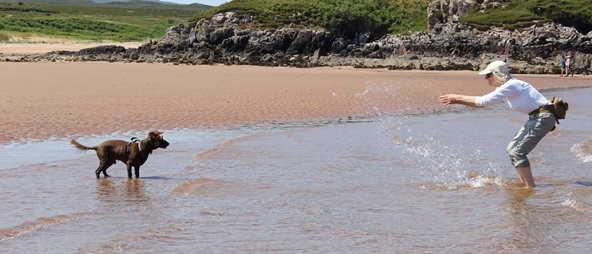
‘Come on Pip, let’s get some of that sand off you!’
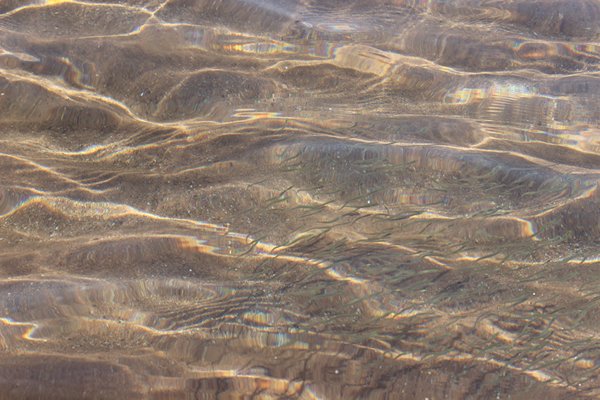
Sand eels in the warm shallows, food for the sea-birds, especially puffins.
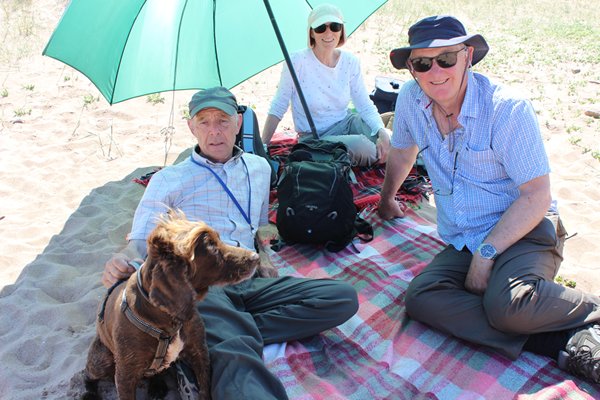
A beautiful day for a picnic. How much longer would this heatwave last?
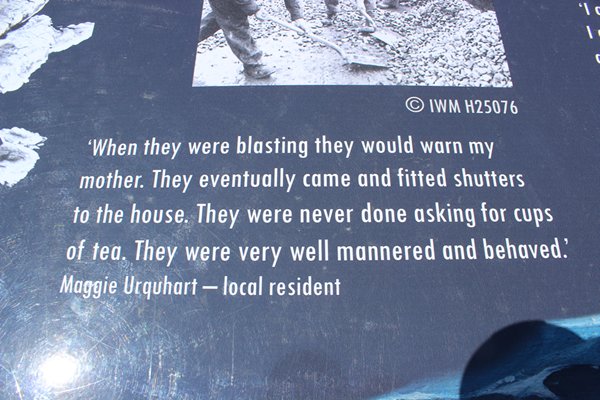
The roads around the loch were built or improved by the Pioneer Corps. Blasting not only changed the shape of the road or created a base for a new one but also provided the rubble for other building works.
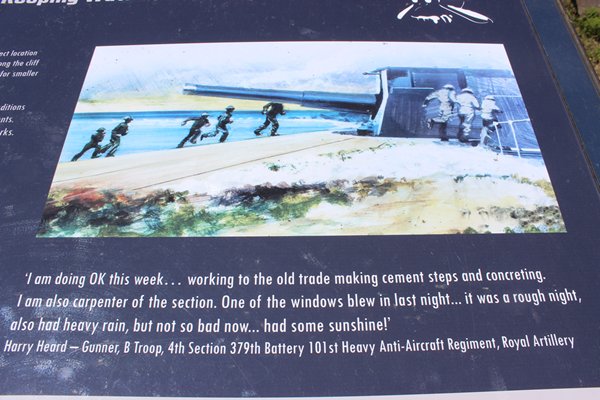
The artwork helps us imagine what it was like back in those times.
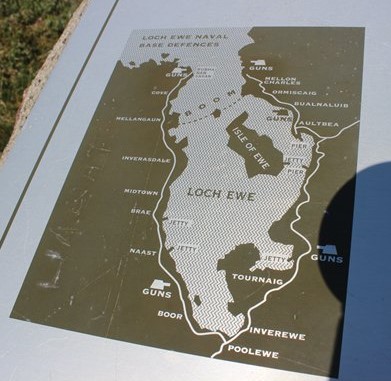
By now we were at the end of the western shore, on the left side of the entrance where it says Guns on the diagram.
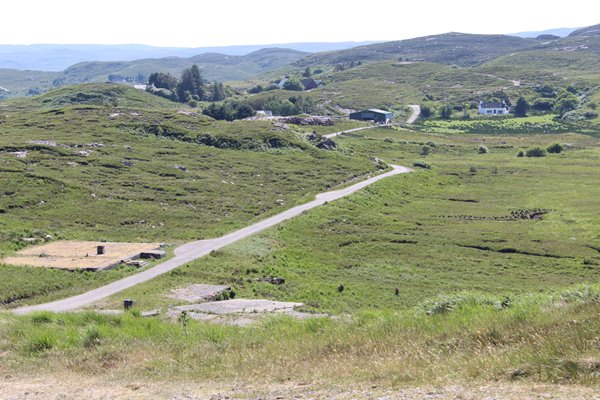
Looking down one of the military roads, the Passing Places were added later. A building was built on stilts over a peat bed, you can still just see two of the remaining stilts, front right, and others had concrete bases over the rock.
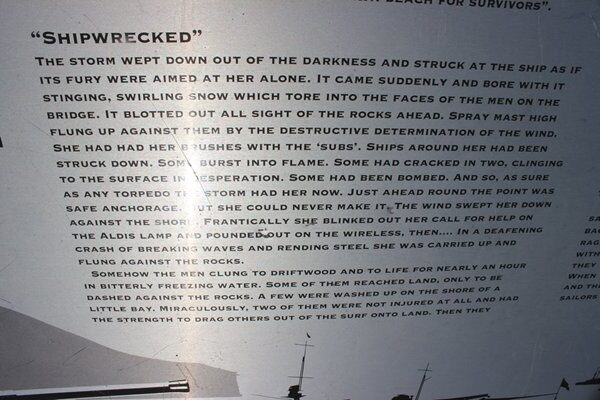
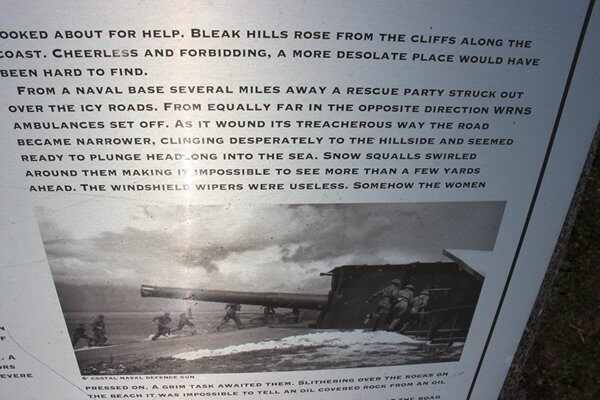
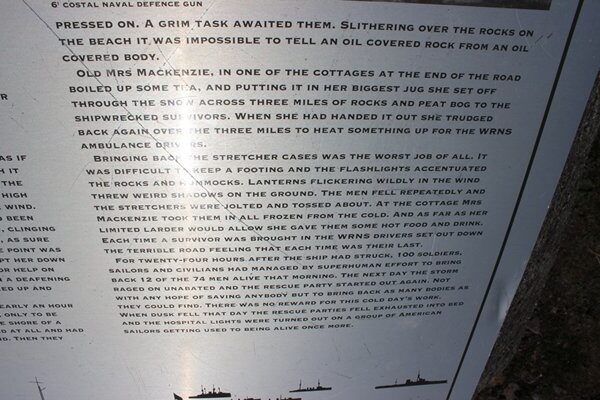
Storms can last for days up here and this is just one story of rescue against tough odds, with no help from modern technology or equipment, just determination and strength.
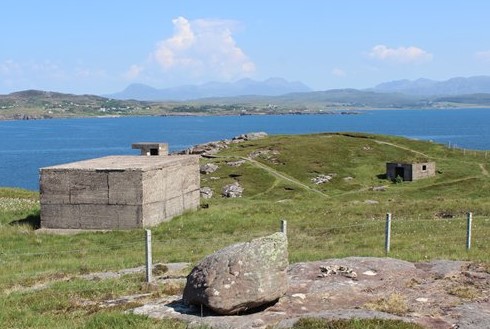
Are the remnants of war scars on the landscape or a fitting and lasting memorial to man’s struggle against adversity, oppression and the threat of invasion, or both and more?
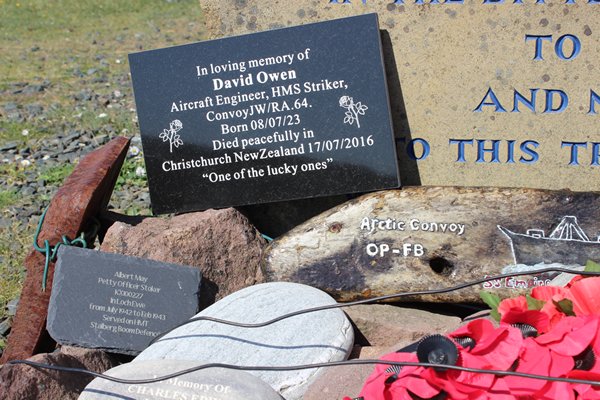
One that got away!
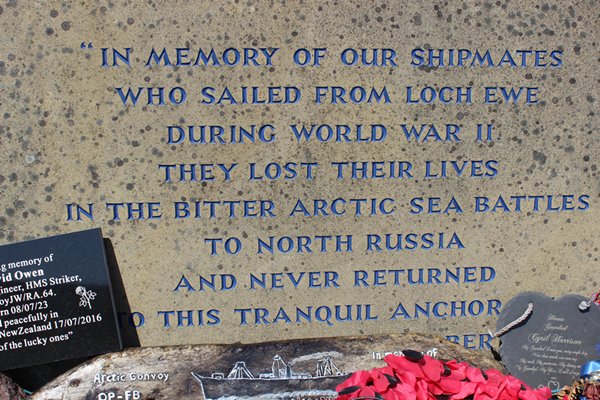
How difficult for survivors to live with the loss of their mates.
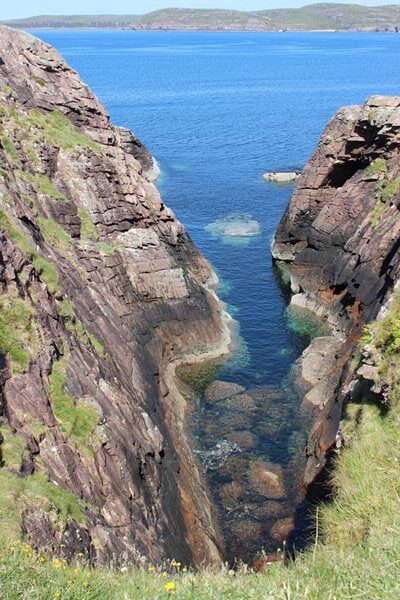
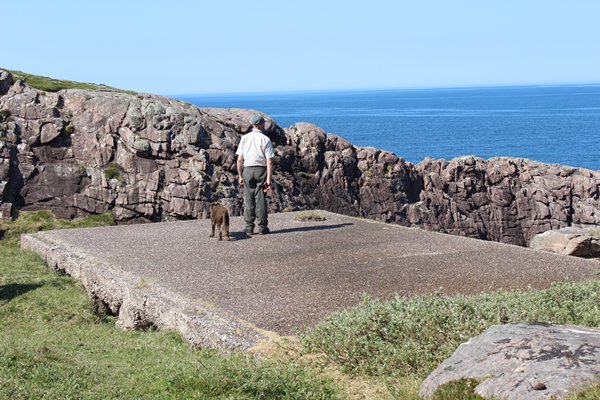
John and Pip are looking out across the Atlantic, over the gorge in the picture above, just as soldiers would have been looking for the return of the convoys. How many ships would come back they must have asked themselves.
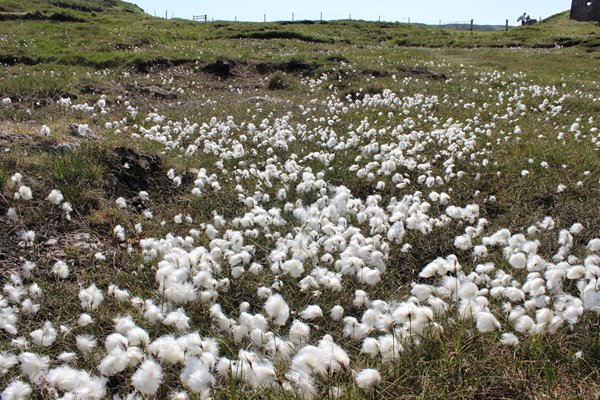
White cotton grass, the colour of peace, tiny banners blown by the wind. So pretty.
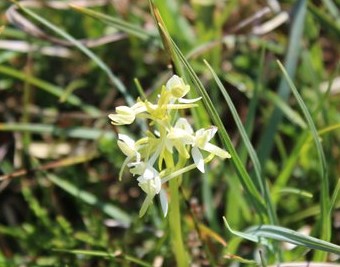
Maybe and orchid, I am not sure, but I am sure we had an incredible day exploring the past and present around Loch Ewe, thanks to our dear friends, Jane, John and Pip.